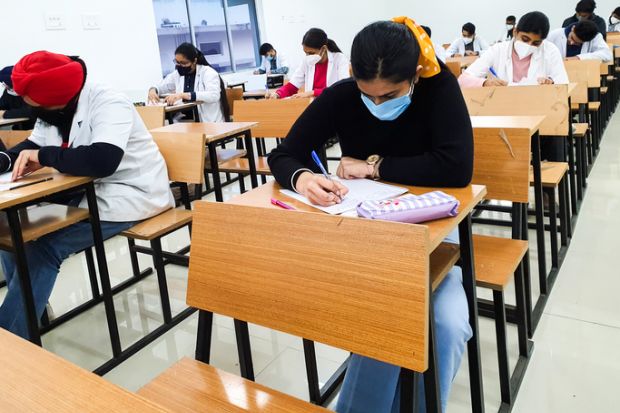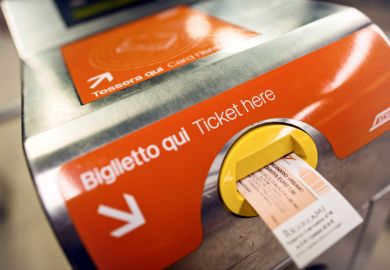As India rolls out a common entrance exam for its public universities, academics have expressed scepticism that it will level the playing field for students.
This year, for the first time, all 45 of India’s state universities will be required to base their admissions on the multiple-choice Common University Entrance Test (CUET), moving away from a system reliant on theory papers and practical exams judged by local examiners.
The change comes under India’s National Education Policy, which is introducing sweeping changes meant to improve higher education in the country. But scholars say that mandating a common test does little to address persisting inequalities between poorer, regional students and their wealthier urban counterparts.
“CUET might be based on the principle of equity of access to higher education, but in practice without a common schooling system it will further disadvantage the historically marginalised students within the larger Indian context,” said Mousumi Mukherjee, deputy director of Delhi’s International Institute for Higher Education Research and Capacity Building.
Fifteen public institutions already use the test in their admissions, but the change would bring all of India’s state universities – many of which are highly competitive and well regarded – under one testing umbrella. India’s private universities are also being encouraged to implement the exam instead of relying on scores for Year 12 board exams, the country’s equivalent of UK A levels.
But since many schools’ curricula are tailored to the board exams, the change to CUET could leave their students in the lurch, academics warned. Students taking the common exam must also complete a language test in one of 13 of the 22 languages officially recognised in India.
“The curriculum, pedagogy and language of instruction (regional state language) is also different in the state board schools, where majority of the masses study,” said Dr Mukherjee.
Academics said that while attempts to standardise education were understandable, they failed to tackle the underlying problem of inconsistent quality of education.
N.V. Varghese, a former head of governance and management at Delhi’s International Institute for Educational Planning, agreed that “any form of standardised national testing may not help the disadvantaged” if it is not paired with other measures.
“That is how the eliteness in higher education is maintained,” he said.
Furqan Qamar, former secretary general of the Association of Indian Universities and a professor of management at Jamia Millia Islamia University, was less critical.
“Apparently as of now the fear is unfounded,” he said, noting that universities will be permitted to follow existing affirmative action policies, even if all students are judged on basis of their scores on a single test.
Still, he worried that CUET would give a boost to India’s “cottage industry” of academic coaching.
“With a single common entrance test, it provides the bulk and the critical mass for the big organised coaching industry and edtech Companies to enter into the play,” he said.
Professor Qamar also worried that requiring universities to admit students solely on their exam score would limit university autonomy. “This is not in sync with the practices that the best universities in the world follow,” he said.




